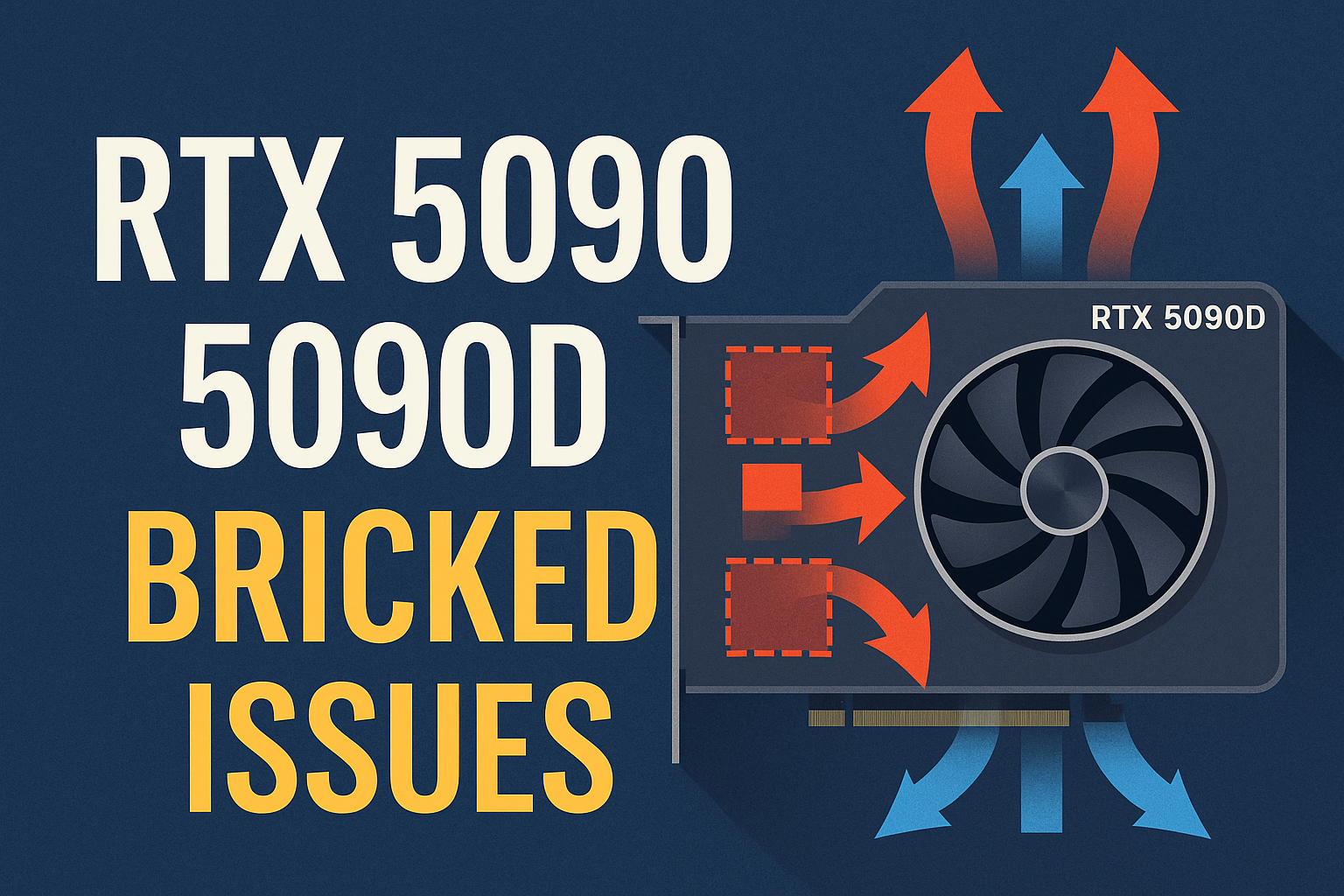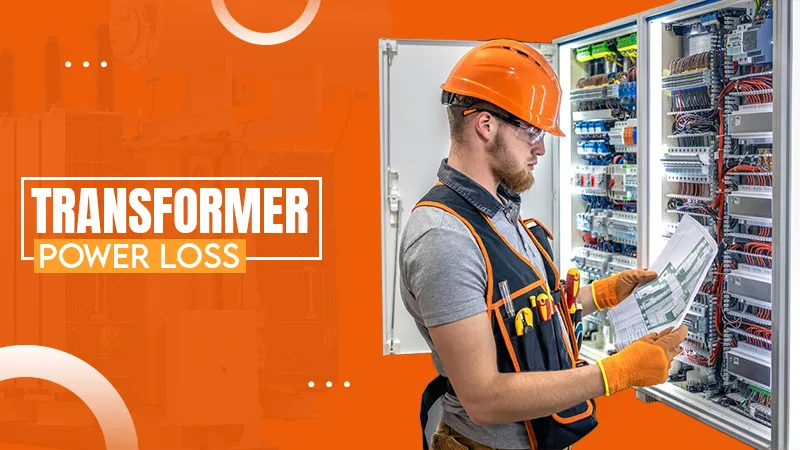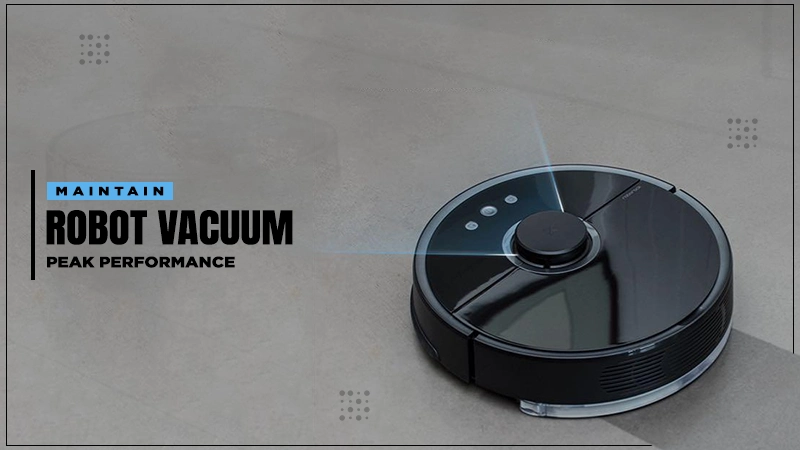Polyurethane coatings provide exceptional durability and abrasion resistance, protecting surfaces from wear caused by friction, impact, and grinding. This guide highlights their types, applications, and benefits in industries like manufacturing, marine, and flooring, helping extend asset lifecycles and lower maintenance costs.
Understanding Abrasion Resistance
Abrasion resistance refers to a material’s ability to withstand mechanical wear caused by contact with another surface. This wear occurs through various mechanisms including sliding friction, impact, grinding, and erosion from particles or fluids. The consequences of poor abrasion resistance extend far beyond surface damage—they include equipment downtime, frequent replacements, safety hazards, and significant financial losses.
Different environments create distinct abrasive challenges. Mining operations face constant exposure to rock particles and metal-on-metal contact. Marine applications battle saltwater corrosion combined with wave action and debris impact. Manufacturing facilities deal with conveyor systems, robotic arms, and material handling equipment that operate continuously under demanding conditions.
Traditional protective methods like paint or basic polymer coatings often provide insufficient protection against severe abrasive forces. These conventional solutions may last weeks or months before requiring replacement, creating ongoing maintenance cycles that disrupt operations and inflate costs.
Benefits of Polyurethane Coatings for Abrasion Resistance
Polyurethane coatings excel in abrasive environments due to their unique molecular structure. The polymer chains form a tough, flexible network that absorbs impact energy while maintaining surface integrity. This elasticity allows the coating to deform slightly under stress and return to its original shape, preventing crack formation that leads to coating failure.
The superior tear strength of polyurethane significantly outperforms other coating materials. While rigid coatings may chip or fracture under impact, polyurethane’s flexibility helps it maintain adhesion to the substrate even when subjected to severe mechanical stress. This characteristic proves especially valuable in applications involving heavy machinery, material handling systems, and high-impact operations.
Chemical resistance adds another layer of protection. Polyurethane coatings resist oils, solvents, acids, and alkalis that might compromise other coating systems. This dual protection against both mechanical and chemical attack makes polyurethane ideal for complex industrial environments where multiple degradation mechanisms operate simultaneously.
Types of Polyurethane Coatings
Two-component polyurethane systems offer the highest performance for demanding applications. These formulations cure through chemical crosslinking, creating a dense, highly durable film with excellent mechanical properties. The curing process allows for precise control over hardness, flexibility, and chemical resistance by adjusting component ratios and additives.
Single-component moisture-cure polyurethanes provide easier application while still delivering good abrasion resistance. These systems cure by reacting with atmospheric moisture, eliminating the need for precise mixing. They work well for maintenance applications and situations where application simplicity outweighs maximum performance requirements.
Specialized formulations incorporate additives to enhance specific properties. Ceramic particles increase hardness and abrasion resistance for extreme wear applications. UV stabilizers prevent degradation in outdoor environments. Anti-slip additives create textured surfaces for safety-critical flooring applications.
Applications of Abrasion-Resistant Polyurethane Coatings
Industrial equipment benefits tremendously from polyurethane protection. Conveyor systems, chutes, hoppers, and material handling equipment experience constant abrasion from transported materials. An abrasion-resistant coating extends equipment life by years rather than months, dramatically reducing replacement costs and downtime.
Marine applications present unique challenges combining saltwater corrosion with mechanical wear from waves, debris, and operational contact. Ship hulls, offshore platform components, and port infrastructure rely on polyurethane’s dual protection against chemical and mechanical attack.
Flooring systems in warehouses, manufacturing facilities, and heavy traffic areas require coatings that withstand foot traffic, equipment wheels, dropped objects, and chemical spills. Polyurethane floor coatings maintain their appearance and protective properties for years under conditions that destroy conventional floor finishes.
Mining and aggregate processing equipment faces some of the most severe abrasive conditions. Rock particles, metal ore, and constant vibration create an environment where unprotected surfaces fail rapidly. Polyurethane coatings on screens, chutes, and processing equipment significantly extend service intervals.
Factors to Consider When Selecting a Polyurethane Coating
Substrate compatibility determines coating adhesion and long-term performance. Steel surfaces require different preparation and primer systems compared to concrete or composite materials. Proper surface preparation, including cleaning and roughening, ensures optimal bond strength between coating and substrate.
Environmental conditions during application and service life affect coating selection. Temperature extremes, humidity levels, and chemical exposure all influence which polyurethane formulation provides optimal performance. Cold-cure systems work in low temperatures where standard formulations might not cure properly.
Performance requirements must align with coating properties. High-impact applications need flexible formulations, while sliding wear situations may require harder, more rigid systems. Understanding the specific wear mechanisms helps select the most appropriate coating characteristics.
Application constraints including available equipment, environmental restrictions, and downtime limitations influence coating choice. Some systems require spray application with specialized equipment, while others can be brush or roller applied. Cure times vary significantly between formulations, affecting how quickly equipment can return to service.
Application Techniques for Optimal Abrasion Resistance
Surface preparation forms the foundation of coating performance. Abrasive blasting creates the ideal surface profile for maximum adhesion, typically achieving Sa 2½ cleanliness standards. Alternative preparation methods like power tool cleaning may suffice for less demanding applications but won’t achieve the same performance levels.
Primer systems enhance adhesion and provide additional corrosion protection. Zinc-rich primers offer cathodic protection for steel substrates, while specialized adhesion promoters help coatings bond to difficult surfaces like aluminum or stainless steel.
Application technique affects coating quality and performance. Spray application typically provides the most uniform film thickness and best surface finish. Multiple thin coats often outperform single thick applications, reducing solvent entrapment and improving cure quality.
Quality control during application ensures optimal results. Film thickness measurements, adhesion testing, and visual inspection catch problems before they affect performance. Proper curing conditions, including temperature and humidity control, maximize coating properties.
Future Trends in Polyurethane Coatings
Nanotechnology integration promises enhanced performance through molecular-level engineering. Nanoparticle additives can improve hardness, reduce friction, or provide self-healing properties that automatically repair minor damage.
Smart coating systems incorporate sensors that monitor coating condition and alert operators to maintenance needs before failure occurs. These systems could revolutionize maintenance scheduling by providing real-time condition data.
Environmental regulations drive development of low-VOC and waterborne polyurethane systems that maintain performance while reducing environmental impact. Bio-based raw materials offer potential sustainability advantages without compromising protective properties.
Conclusion
Polyurethane coatings provide excellent protection for equipment in abrasive environments with their flexibility, toughness, and chemical resistance. With the right materials, preparation, and application, they extend equipment life, lower maintenance costs, and boost reliability. Working with experts ensures the best solutions for protecting industrial assets.










